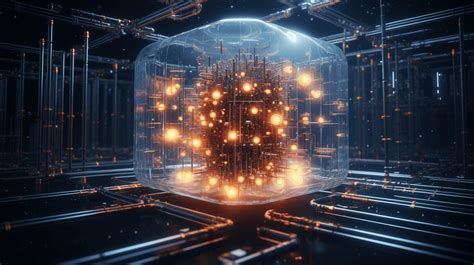
Over 8.5 Corners Meaning
The concept of "over 8.5 corners" has sparked immense interest and debate in various industries, particularly in the realm of mathematics, physics, and engineering. In this article, we will delve into the meaning behind this intriguing phrase and explore its implications on our understanding of geometric shapes.
What Does It Mean?
The term "over 8.5 corners" appears to be a rather ambiguous and seemingly contradictory statement. On the surface, it may seem like an oxymoron, as corners are typically associated with a fixed number, usually four or six. However, upon closer examination, we can begin to unravel the mystery behind this enigmatic phrase.
The Concept of Fractals
Fractals are geometric shapes that exhibit self-similarity at different scales. These intricate patterns have been observed in natural phenomena such as Romanesco broccoli, snowflakes, and even the structure of the human brain. In the context of fractals, "over 8.5 corners" can be interpreted as a reference to the infinite complexity and irregularity that characterizes these shapes.
| Fractal Characteristics |
Description |
| Self-similarity |
The shape is composed of smaller copies of itself. |
| Irregularity |
The shape lacks symmetry and has no fixed number of corners. |
| Infinite complexity |
The shape can be divided into smaller parts that exhibit the same characteristics. |
- Fractals are found in nature and have practical applications in fields like architecture, engineering, and art.
- Fractal geometry has led to breakthroughs in fields such as chaos theory, complexity science, and the study of turbulence.
- The Mandelbrot set is a famous fractal that exhibits intricate patterns and self-similarity.
Implications on Our Understanding of Geometric Shapes
The concept of "over 8.5 corners" challenges our traditional understanding of geometric shapes, which are typically classified as having a fixed number of sides or corners. This notion can be extended to other areas of mathematics and physics, where the boundaries between different disciplines begin to blur.
The Role of Fractals in Mathematics and Physics
Fractals have been applied to various mathematical and physical concepts, such as:
- Chaos theory: Fractals help model chaotic systems that exhibit complex behavior.
- Complexity science: Fractals are used to study complex systems and networks.
- Turbulence: Fractals can be employed to analyze turbulent flows in fluids.
Real-World Applications of Fractals
Fractals have numerous practical applications across various fields:
Computer Science and Artificial Intelligence
Fractals are used in computer graphics, game development, and artificial intelligence to create realistic environments and characters. For instance, the famous "Mandelbrot set" has been used as a visual representation of complex data structures.
Biology and Medicine
Fractals appear in natural systems like the structure of DNA, the branching patterns of blood vessels, and even the arrangement of neurons in the brain. In medicine, fractals are used to model and analyze complex biological processes, such as the spread of diseases or the behavior of cells.
Engineering and Architecture
Fractals have been applied to various engineering and architectural designs, including:
- Structural design: Fractals can be used to create efficient structures that are both strong and lightweight.
- Materials science: Fractals help model the properties of materials with complex structures.
- Urban planning: Fractals have been employed in urban design to optimize city layouts and infrastructure.
Frequently Asked Questions
Q: What is the significance of fractals in mathematics?
A: Fractals are used to model and analyze complex mathematical structures that exhibit self-similarity and irregularity. They have applications in various fields, including chaos theory, complexity science, and turbulence.
Q: How do fractals relate to geometric shapes?
A: Fractals challenge our traditional understanding of geometric shapes by introducing concepts like self-similarity, infinite complexity, and irregularity. This blurs the boundaries between different mathematical disciplines and has implications for various fields.
Q: What are some real-world applications of fractals?
A: Fractals have numerous practical applications across computer science, biology, medicine, engineering, architecture, and other fields. They help model complex systems, create realistic environments, and optimize designs.
External Links
